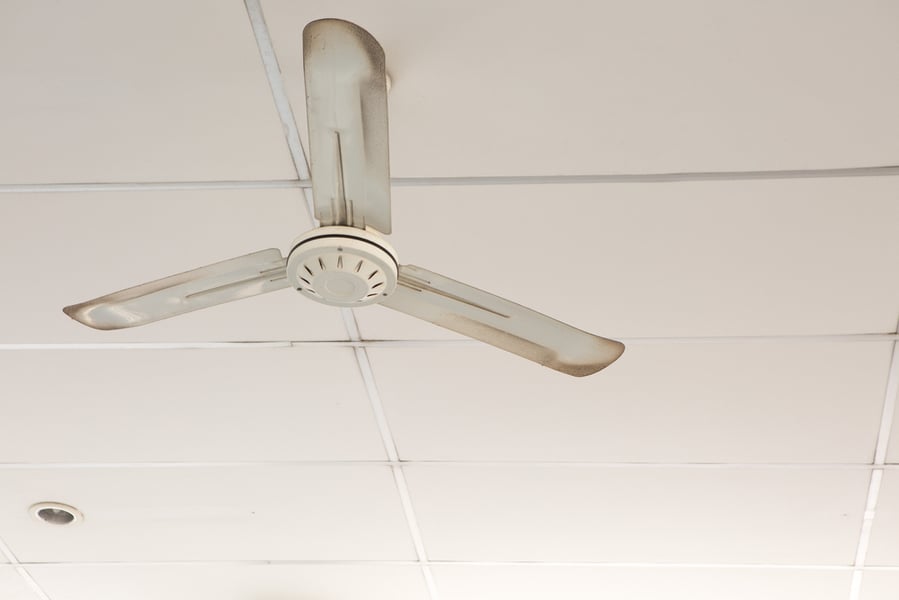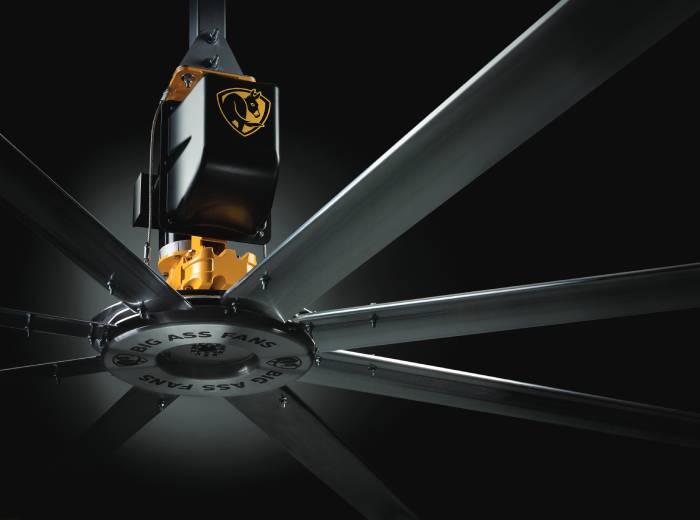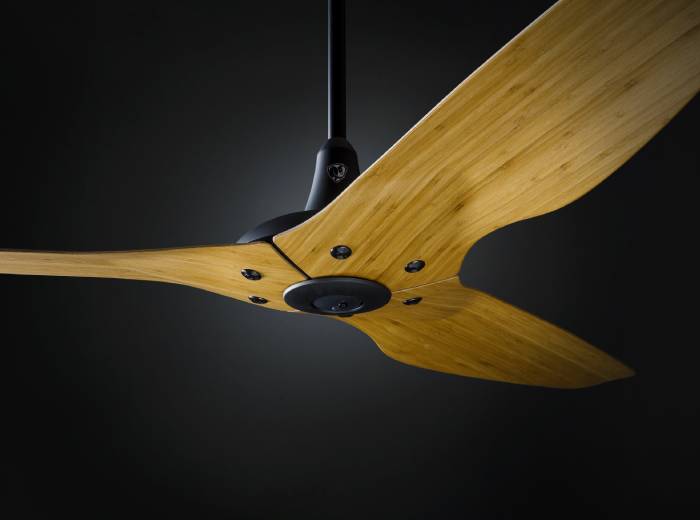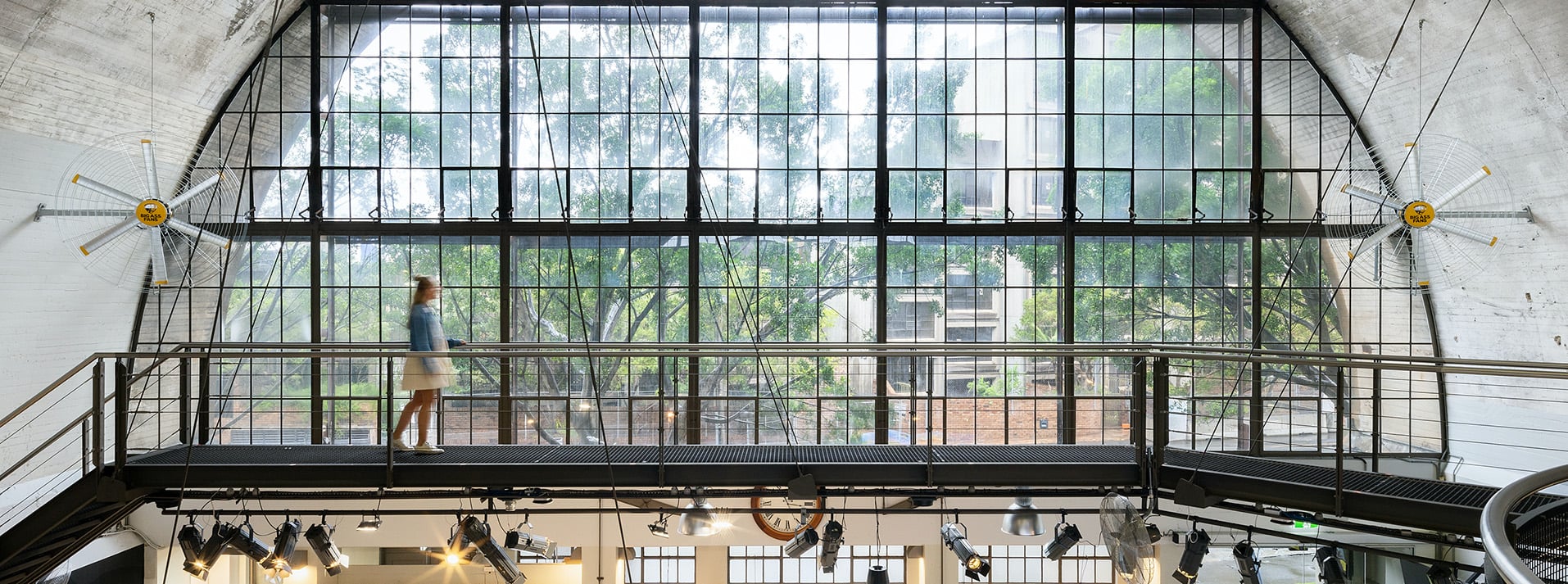
What to Do with an Old Ceiling Fan: Recycling and Disposal Tips
When it comes time to replace your old ceiling fan, how you dispose of it matters. Rather than sending it straight to landfill, you can choose to recycle, donate or repurpose your fan for a more sustainable solution.
Ceiling fans contain materials like plastic, metals and electrical components that need to be properly disposed of or recycled at the end of their lifetime. This prevents them from contaminating the environment, and potentially gives them a new purpose, making a difference for the planet and the community.
Assessing the condition of your old ceiling fan
Before deciding how to dispose of your old ceiling fan, it’s important to assess its condition. Start by checking if the fan is still functional—does it turn on properly, operate at different speeds, and run without excessive noise or wobbling? Inspect the blades, motor, and wiring for any visible damage, such as cracks, rust, or frayed wires.
Assessing the fan’s condition helps determine the best disposal method. If it’s still in working order, donating or selling it can extend its lifespan and prevent unnecessary waste. Fans with minor issues might be repairable, making them suitable for resale or upcycling. However, if the fan is beyond repair, recycling its components ensures that valuable materials don’t go to waste.
recycling options for ceiling fans
If your ceiling fan is beyond repair, recycling is the most environmentally friendly disposal option. Many local recycling centres and e-waste programs accept ceiling fans, ensuring that valuable materials are repurposed instead of ending up in landfills. In Brisbane, options include:
- Brisbane City Council – Offers waste and recycling facilities where metal and electronic components can be disposed of properly.
- Good Guys Recycling Program – Accepts old appliances, including ceiling fans, as part of their responsible disposal initiative.
- Planet Ark Recycling – Provides resources to locate nearby e-waste recycling centres that accept electrical appliances.
Before recycling your ceiling fan, it’s helpful to separate its materials to ensure each component is processed correctly.
metal components
Ceiling fans contain several metal parts that can be recycled, including the motor housing, fan blades, and screws. The motor housing is typically made of aluminium or steel, both of which are valuable materials that can be taken to a scrap metal recycling centre. If the fan blades are metal, they can also be recycled along with other scrap metal. Small components such as screws, brackets, and bolts should be collected and placed in a designated metal recycling bin to ensure they don’t go to waste.
plastic components
Many ceiling fans include plastic elements such as blade covers and the fan casing. Some plastics are recyclable, depending on the type of material used. Check for recycling symbols or numbers on these parts to determine if they are accepted by your local recycling program. If the plastic components are not recyclable through standard curbside collection, a specialised recycling facility may accept them.
electronic components
Electronic parts of a ceiling fan require special handling due to the presence of hazardous materials. Wiring, often made of copper, can be stripped and recycled separately. Capacitors should be disposed of properly at an e-waste facility, as they may contain chemicals that can be harmful to the environment. If the fan has a circuit board, it should also be taken to an e-waste centre, where professionals can safely process it.
repurposing and upcycling ideas
If your old ceiling fan is no longer functional, you can still give it a second life by repurposing its parts for creative DIY projects. From home décor to functional household items, there are plenty of ways to transform fan components into something new and useful.
reusing fan blades
Fan blades can be repurposed into stylish and practical home décor. Their long, curved shape makes them perfect for wall art, either painted or arranged in a creative pattern. They can also be turned into floating shelves by attaching brackets or repurposed into rustic furniture pieces like bench backs or coffee table accents. With a little creativity, fan blades can become a unique addition to your home.
repurposing fan motor
The motor inside a ceiling fan can be salvaged and used for various DIY projects. Some hobbyists use old fan motors in small appliances, such as homemade grinding tools or spinning displays. If you're into renewable energy projects, the motor can be adapted for a small wind-powered generator. Tech enthusiasts and DIYers may even incorporate it into robotics or kinetic sculptures. With some technical knowledge, an old fan motor can be an exciting component for creative engineering projects.
transforming the housing
The central housing of a ceiling fan can be repurposed into functional and decorative household items. With a little modification, it can serve as a stylish planter for indoor or outdoor plants. It can also be used as a unique storage container for small household items. For those who enjoy creative lighting, the housing can be converted into a pendant light fixture, giving it a new life as an eye-catching centrepiece.
donating or selling a usable ceiling fan
If your ceiling fan is still in good working condition, donating or selling it is a great way to extend its lifespan and keep it out of landfills. Many charities and schools accept functional ceiling fans to help improve their facilities. Local community centres and nonprofit groups may also be interested in receiving a donated fan, especially if they serve areas with warm climates. Before donating, make sure the fan is clean, has all its parts, and is in safe working order.
If you’d rather sell your old ceiling fan, online platforms like Facebook Marketplace, Gumtree, and eBay are excellent places to find buyers. Listing your fan with clear photos, details about its condition, and an honest description can help attract potential buyers quickly. Another option is to take the fan to a second-hand store, where it may be resold or repurposed. Selling your fan not only benefits someone in need of an affordable cooling solution but also keeps useful materials in circulation, reducing overall waste.
big ass fans making a difference: 4ocean
At Big Ass Fans, we’re committed to making a difference for our environment. That’s why we’ve partnered with 4ocean, a movement dedicated to cleaning our waterways, rivers and oceans from harmful plastic debris.
Together, we’re taking meaningful action to fight ocean plastic pollution—and with every Haiku Coastal Fan we sell, we’re helping remove an equivalent weight of waste from our planet’s most vital ecosystems.
This partnership is an example of how we’re integrating sustainability into every facet of our operations, from the products we design to the way we engage with the world around us. It’s a commitment that sets a new standard for the industry and challenges others to do the same.
summing up
Properly disposing of an old ceiling fan is essential for reducing waste and protecting the environment. Whether you choose to donate, sell, recycle, or repurpose its parts, each option is more sustainable than sending it to a landfill. Through making an environmentally responsible choice, you can contribute to a cleaner, more sustainable future while giving your old ceiling fan a second life.





